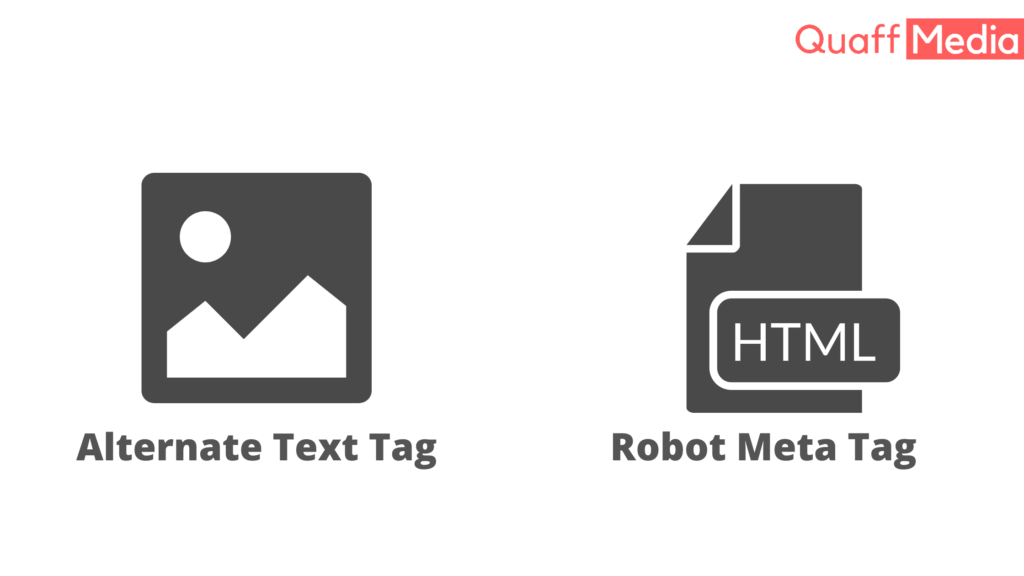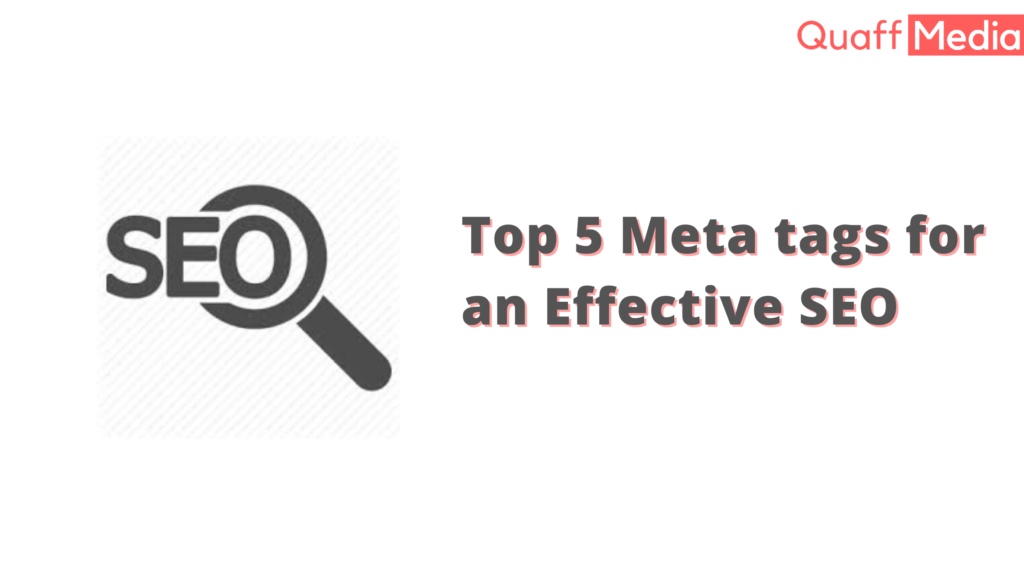Meta tags do the work of summarizing your page content to search engine crawlers, Searchers, and website visitors. The meta tags could be checked via website source code.
Meta tags are important as they describe your page’s content to the search engines. They create the first impression of the website’s content for all the search engines.
Meta stages play an essential role as they determine how your content would appear when the searcher is skimming through the SERPs. If your meta tags are relevant, the chances of your website being clicked will increase.
There are a lot of meta tags and their importance varies. In this blog, we will discuss the top 5 meta tags that you must take seriously.
Top 5 Meta tags for an Effective SEO

1. Title Tag
To read any article, we first read the heading and then determine whether to continue reading or not. Isn’t it? Title Tags are the same. These are the first HTML elements that describe what your web page consists of. Title Tags appear in the SERPs and browser tabs, thus, they are essential for SEO.
You should follow the following pointers for writing a title tag:
- Try keeping your title tag under 60 characters
- Add keywords that indicate the category of your blog, that is “How to”, “5 Best”, “Top 10”, “Buy”, etc
- Use long-tail keywords or keyphrases in your meta title
- Add numbers to your title. It adds up to an effective SEO
- Make your title tag start with a high-ranking keyword or your main keyword
- Don’t repeat your keywords or do keyword stuffing. This technique doesn’t help anymore
- Have a Unique title tag for every page of your website
2. Meta Description
The meta description is not a ranking symbol for Google. But it plays an important role in your page’s click-through rate (CTR). It appears on the SERPs and lets the searchers know what your web page is about, thus you should make sure that it’s crisp and to the point.
Google has recently shortened the search results snippets. The new average length of the snippet is not more than 160 characters dropped down from 300+ characters.
These are the following things that your meta description should include:
Your meta description should not be duplicated
A clear CTA or call to action goes a long way if included in the meat description
Your meta description should contain your targeted keywords
If you offer any discount or coupons, add that in your meta description
3. Canonical Tag
An HTML link tag with the attribute “rel=canonical” is called Canonical Tag. This indicates that there exist more versions of this web page. When you add a canonical tag to your web page, it indicates that the particular URL is the main page. This helps search engines to understand that the website owner doesn’t want them to index other pages.
The following syntax is used to add a canonical tag – <link rel=”canonical” href=”http://example.com/” />

4. Alternate Text Tag
Search Engines do not have the ability to read images but images and visuals play a very important role in your website. To solve this issue, alt-text is used. An alt-text tells the website crawlers what your image is about.
You should make sure that your alt-tags are crisp and precise. This would make search engines interpret the images giving them the reason to rank your website higher.
Follow the mentioned points below, before writing Alternate text:
- Don’t keyword stuff your alt tag, keep it crisp
- Use relevant filenames
- Be to the point
- Create an image sitemap
- Use not more than 55 characters in the alt text
- Keep the size of your image smaller without compromising on its quality. We lower image size to make the website load faster
5. Robot Meta Tag
Robot Meta Tags guide Search engines to index or non-index any web page.
The Robot meta tag is valuable to search engine crawlers because:
- FOLLOW – This tag makes search engine crawlers follow all the links on that webpage
- INDEX – The whole webpage is indexed by the search engine crawlers
- NOFOLLOW – The page any links on that webpage will NOT be crawled by the search engine crawlers
- NOINDEX – The webpage will not be indexed by the search engine crawler

